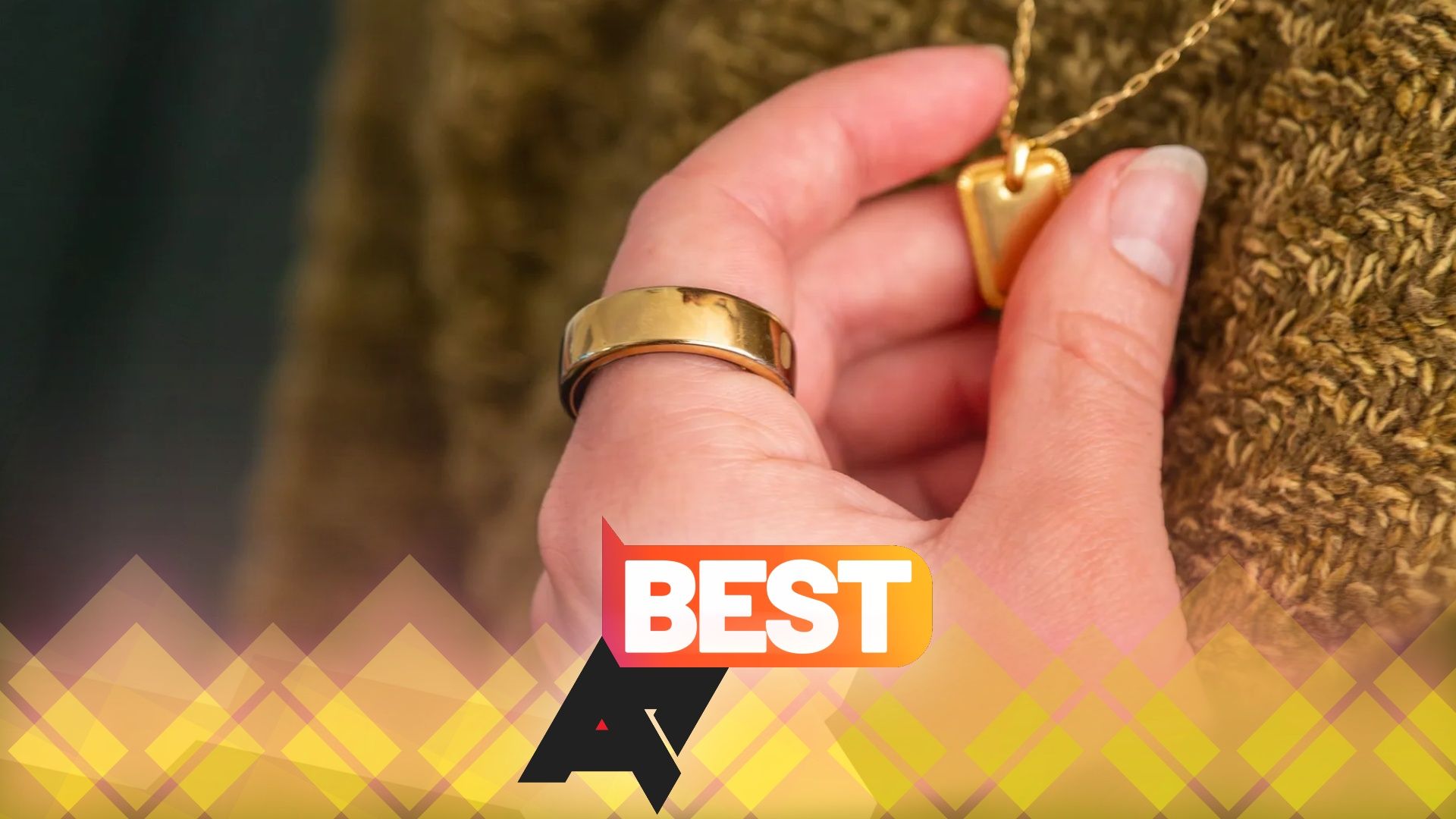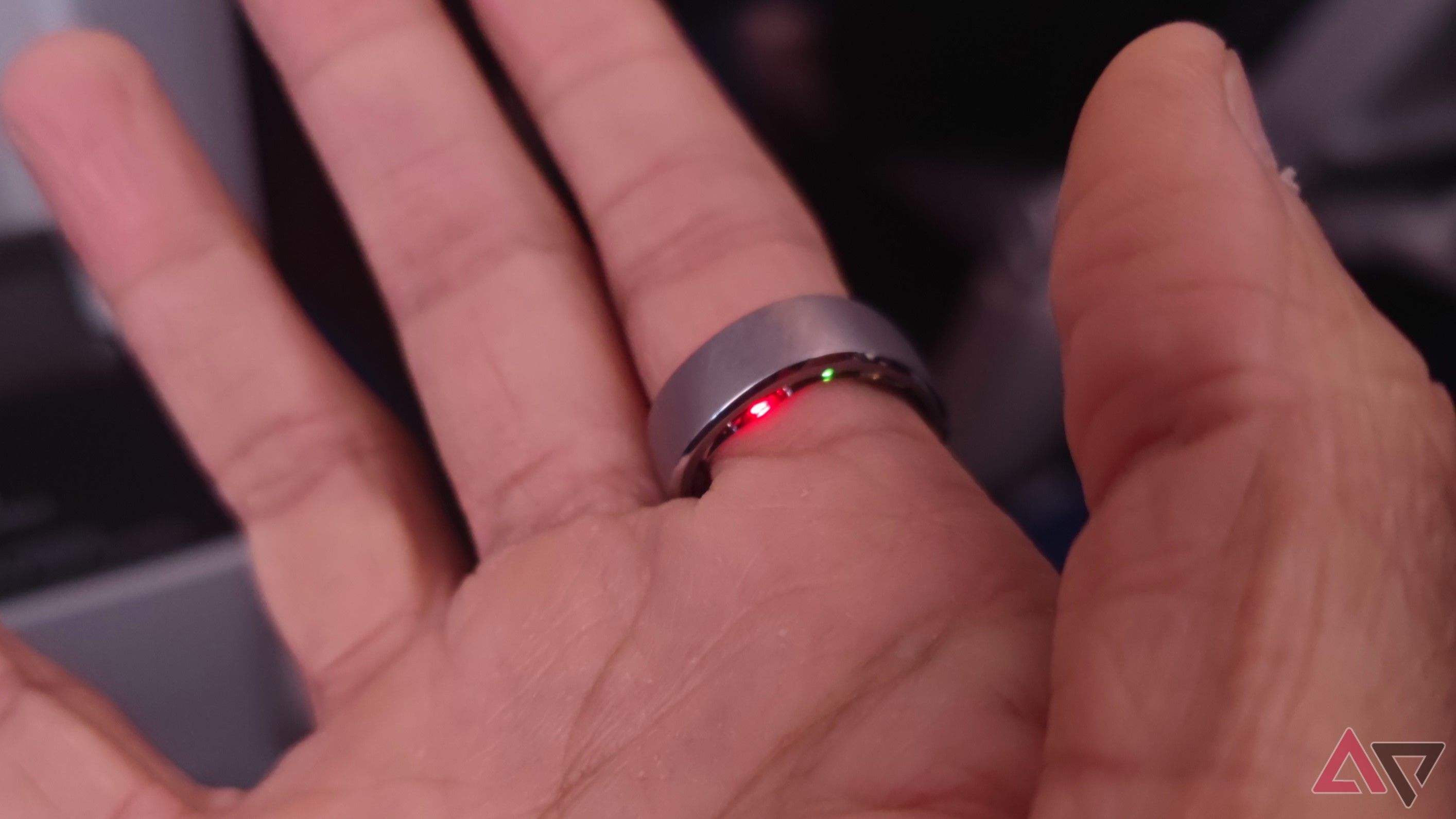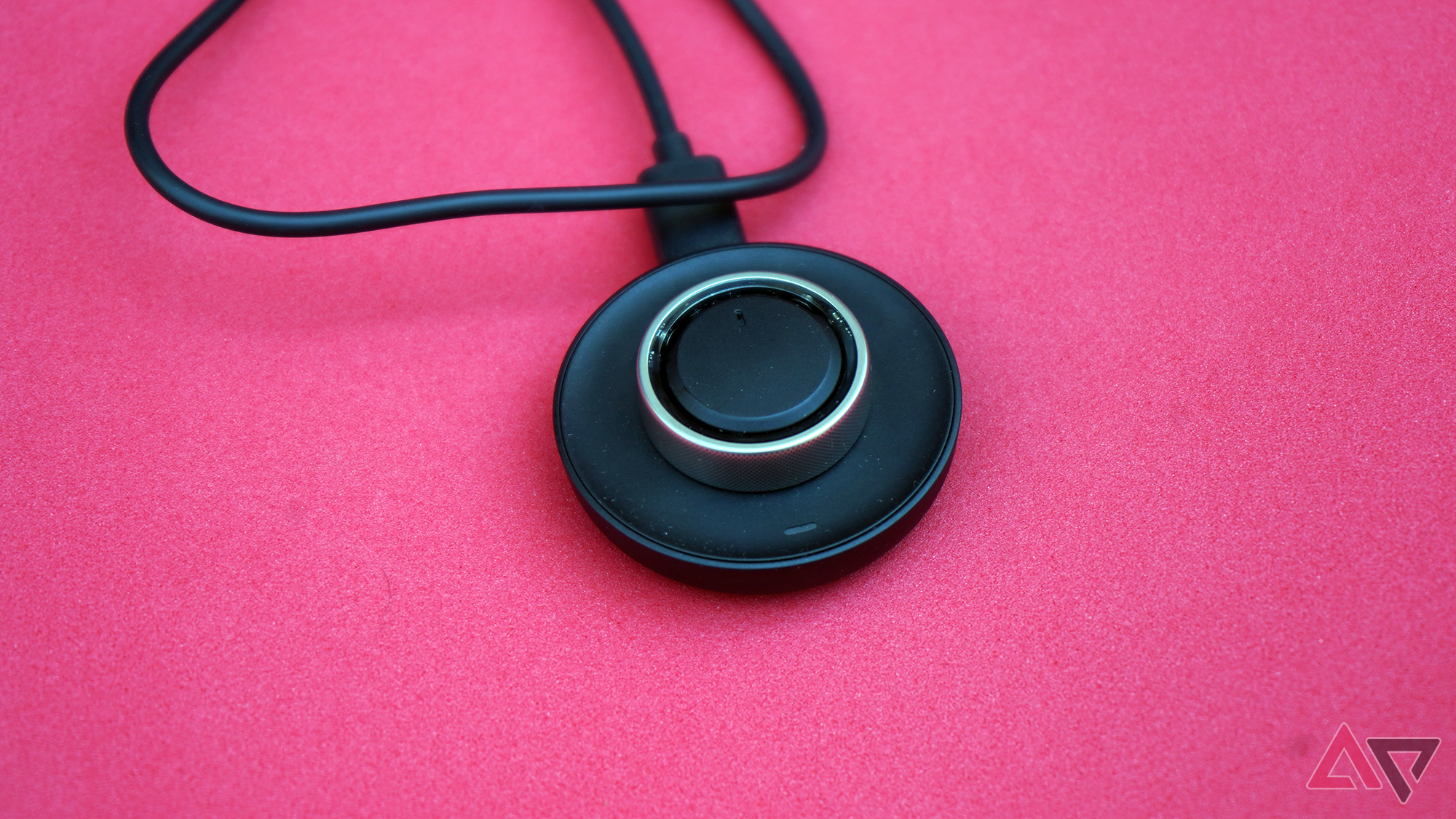The smart ring buzz is at an all-time high. The once-futuristic technology has seen a wide range of legitimate iterations hit the market in the last few years, from the Amazfit Helio Ring to the RingConn Smart Ring. Now, Samsung is poised to join the fray at its Unpacked 2024 event with a smart ring all its own, which could be the catalyst for more and more everyday people trying out the groundbreaking technology.

Related
RingConn Smart Ring review: Simple yet sharp
A ring worth considering
Still, I’m not convinced. The idea of smart rings is obviously cool, offering a certain James Bond quality to it that can attract early adopters. However, your average person isn’t going to shell out $300 for fitness and sleep tracking features, particularly when these smart rings can’t do much more than your average smartwatch. So, what is it going to take to get us to actually give smart rings a chance? Well, that’s what I want to talk about. These are the top three things that would need to change in order to convince me to buy a smart ring.
1 More functionality is required
Fitness and sleep tracking isn’t enough
For starters, smart rings need to do more. Obviously, the fitness and sleeping tracking features are helpful, and they don’t require you to wear a bulky watch while you’re trying to nod off to dreamland. That’s not going to be enough, though, especially when smartwatches have been offering that same functionality for more than a decade. If you really want users to start viewing smart rings as a necessity rather than a novelty, they’re going to need to see some features that were launched after the Olympics opening ceremony in Rio.
As for what kind of functionality I’d like to see, there’s a lot to choose from. Contactless payment feels like the most obvious addition, with NFC technology being available on virtually every other piece of technology in the modern era. Plus, the ability to seemingly “bless” a point-of-sale system to pay for your goods and service would add a cool factor to everyday life that is hard to beat.
Notifications would be a pleasant addition as well. This would require the addition of a vibration motor, of course, but the additional functionality would certainly be worth it. You could customize what kind of notifications set off the smart ring, and even create different cadences for different notifications so you know what to expect when you finally access your phone.
Given the improvements in gesture control over the last few years, particularly with the Samsung Galaxy Watch 6, smart rings seem like a clear candidate for the tech. With Samsung’s upcoming smart ring in particular, this kind of functionality could allow you to control your Samsung TV or other devices with a pinch or a fist to pause or rewind your favorite shows.
Obviously, the biggest obstacle to adding these features is size. Smart rings are much smaller than smartwatches, which makes more functionality that much harder to achieve. But if Samsung is getting into the business of smart rings, it’s safe to assume we’ll be getting upgrades before we know it.
2 Better battery life is a must
Notifications wouldn’t hurt either
The battery life on smart rings isn’t bad. In fact, compared to smartphones and smartwatches, the average smart ring blows the competition out of the water, offering anywhere between a few days and a week of functionality before you need to find a charger. Even better, many don’t offer cords, instead opting for charging cases or docks, which make it a bit easier in the long run.
But to really convince the masses to try out this new technology, we’re going to need more. Compared to watches, rings are the kind of thing you leave on indefinitely, which means that having to take it off every few days to charge it is going to be more disruptive than you’d think.
Perhaps more importantly, there needs to be a way to know when you run out of battery. In our review of the Amazfit Helio Ring, for example, our reviewer ended up wearing it for a full day without any tracking information because there was no notification system to alert him that the battery was dead.
3 When it comes to price, less is more
$300 for a ring is a hard-sell
Source: Unsplash
Let’s be honest, the best way to get more people on board with new technology is to lower the price, and smart rings are certainly ripe for a discount. Currently, the best smart rings in 2024 are anything but affordable, with the average price hovering around $300. Yes, there are cheaper options, like the Fourmor Health Ring at only $130, but it comes with some notable caveats like a lack of third party integrations.
All that to say, $300 is far from accessible for new technology. And if you want to convince anyone to give smart rings a fair shake, particularly when expendable income is hard to come by, the price is going to have to come down in a major way.
Are you convinced to buy a smart ring?
Lower prices, better battery life, and more functionality would go a long way to make a lot of technology more appealing, but for smart rings, it might be a full-on necessity to get everyday people on board. We’ll have to see whether Samsung is up to the task of ushering in a new era of smart ring users, or if the technology is forever poised to be an innovative device that never finds its audience.

Related
Best smart rings in 2024
Unlock your finger’s full potential by discovering the best smart rings available right now
Source link





